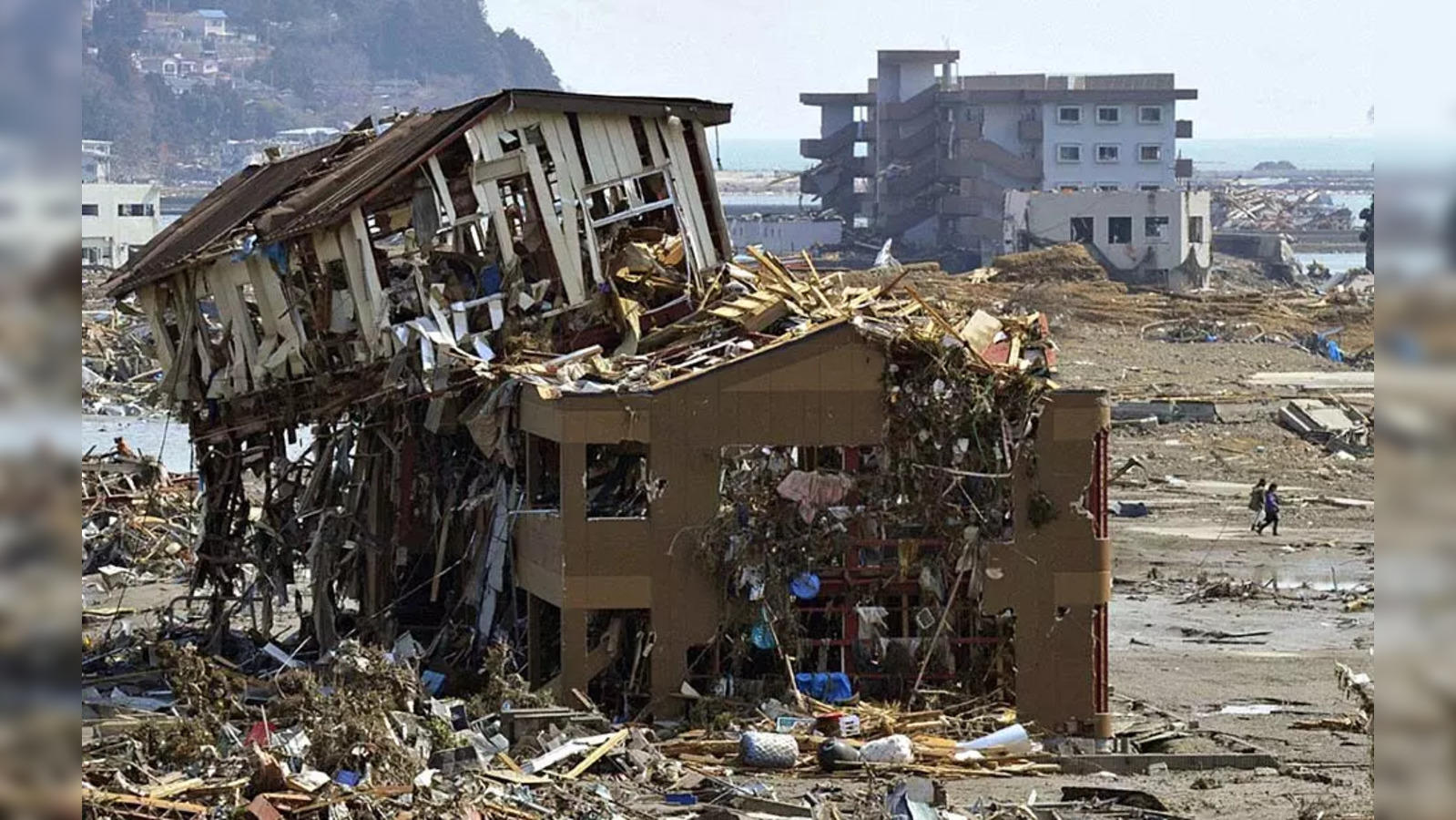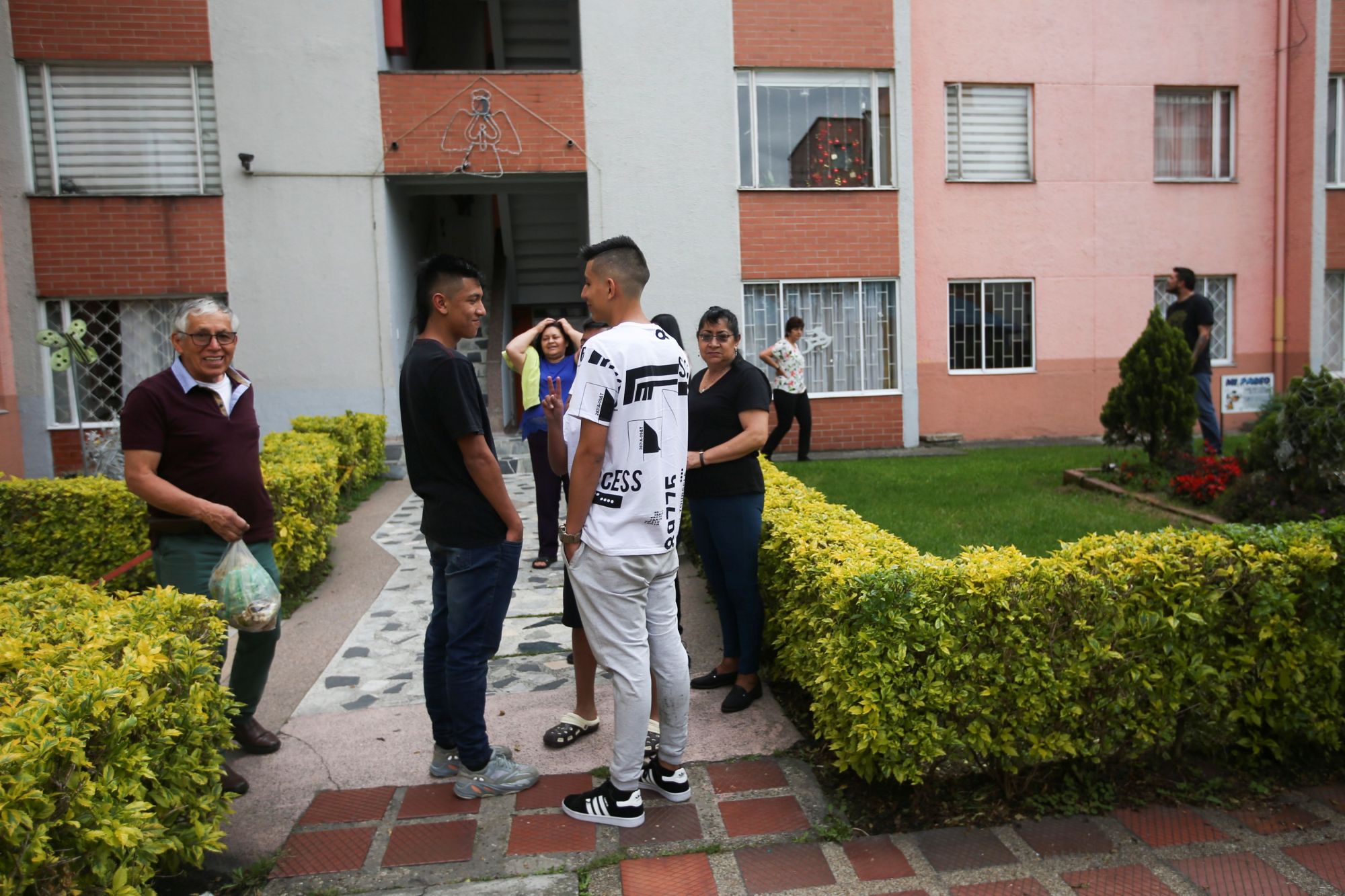On June 8, 2025, a 6.3-magnitude earthquake struck central Colombia, rattling major cities including Bogotá, Villavicencio, and parts of Medellín and Cali. According to the U.S. Geological Survey (USGS) and the Colombian Geological Service (SGC), the quake occurred at approximately 8:08 a.m. local time, with its epicenter near Paratebueno, Cundinamarca Department, at a depth of about 10 kilometers.
The event, though powerful, did not cause large-scale loss of life. However, it left communities shaken, damaged homes and infrastructure, and highlighted Colombia’s ongoing vulnerability to seismic activity.
Earthquake Details
-
Magnitude: 6.3 (USGS, SGC)
-
Date & Time: June 8, 2025, 8:08 a.m. local time (COT)
-
Epicenter: Near Paratebueno, Cundinamarca, around 187 km southeast of Bogotá
-
Depth: Approximately 10 km, considered shallow, which usually leads to stronger surface shaking
-
Aftershocks: Several moderate aftershocks, ranging from magnitude 4.0 to 4.6, were recorded in the hours following the main tremor
Shallow quakes like this one are particularly disruptive because seismic energy reaches the surface more quickly, amplifying the shaking in populated areas.

Areas Affected
The strongest shaking was felt in Cundinamarca Department, particularly in Paratebueno and nearby municipalities. Reports from local authorities noted:
-
Structural damage to homes, schools, and public buildings
-
Road disruptions, with cracks appearing in some routes leading to affected towns
-
Evacuations in Bogotá, where office workers and residents temporarily left buildings
Communities in Meta Department, especially in Villavicencio, also reported noticeable tremors. The earthquake was felt across much of central Colombia, though the intensity decreased farther from the epicenter.

Human Impact
The Colombian Geological Service confirmed that, as of early reports:
-
No deaths were recorded directly linked to the earthquake
-
Several people sustained injuries, mostly from falling objects and minor structural collapses
-
Dozens of families near Paratebueno were displaced due to unsafe housing conditions
The National Unit for Disaster Risk Management (UNGRD) immediately deployed teams to assess structural damage and provide emergency support in the affected municipalities.

Government & Emergency Response
Colombian authorities responded swiftly to ensure public safety and to begin assessing long-term recovery needs. Key actions included:
-
Damage Assessments
Engineers inspected schools, hospitals, and residential areas in Cundinamarca and Meta. Some schools were temporarily closed pending structural evaluations. -
Medical Support
Local hospitals treated those injured by falling debris. Additional medical staff were placed on standby in Bogotá and Villavicencio. -
Infrastructure Repairs
Road crews worked to reopen affected highways. Electricity and telecommunications were briefly disrupted in certain areas but restored within hours. -
Public Guidance
UNGRD urged residents to remain cautious of aftershocks, avoid entering damaged buildings, and follow official instructions.
International Monitoring
The USGS and the European-Mediterranean Seismological Centre (EMSC) confirmed the magnitude and depth of the quake. International agencies continue to monitor aftershocks in the region, which sits on complex fault systems connected to the Nazca Plate subducting beneath the South American Plate.

Why Colombia Is Prone to Earthquakes
Colombia is located along the Pacific Ring of Fire, one of the most seismically active regions in the world. The country experiences frequent moderate to strong earthquakes due to the interaction of multiple tectonic plates, including:
-
Nazca Plate: Subducts beneath the South American Plate along Colombia’s Pacific coast
-
Caribbean Plate: Interacts with northern Colombia
-
Local Fault Systems: Such as the Eastern Frontal Fault System, which passes near the epicenter of this event
Historically, Colombia has experienced devastating earthquakes, including the 1999 Armenia earthquake (magnitude 6.2), which caused significant casualties and destruction in the Quindío region.
Preparedness & Safety Recommendations
Experts emphasize that while earthquakes cannot be prevented, preparedness saves lives. The Colombian Geological Service and emergency agencies recommend:
-
During an earthquake: Drop, cover, and hold on; stay away from windows and heavy furniture.
-
After the shaking stops: Evacuate buildings safely, avoid damaged structures, and expect aftershocks.
-
Long-term preparedness: Secure heavy objects at home, create emergency kits, and participate in national earthquake drills (such as Colombia’s annual Simulacro Nacional).
These measures are particularly important in rural communities where infrastructure may be less resilient.

Global Reactions & Support
While this earthquake was not as catastrophic as some past events, the incident drew global attention. Colombian authorities received offers of technical assistance from international seismic monitoring organizations. Relief agencies also signaled readiness to assist communities most affected, especially if longer-term housing and infrastructure needs emerge.
Looking Ahead: Recovery & Resilience
The 6.3-magnitude earthquake in Cundinamarca serves as another reminder of Colombia’s seismic risks. Strengthening infrastructure resilience, enforcing modern building codes, and enhancing public education remain essential to minimizing risks in future events.
The government has pledged to provide financial support for reconstruction in Paratebueno and other affected municipalities. The recovery process will likely focus on:
-
Reinforcing public infrastructure like schools and hospitals
-
Providing temporary housing for displaced families
-
Improving communication systems to ensure rapid alerts for future quakes

Conclusion
The June 2025 Colombia earthquake—measuring 6.3 magnitude with its epicenter near Paratebueno, Cundinamarca—caused significant concern across central Colombia but, fortunately, did not result in widespread casualties. With injuries reported and infrastructure damaged, the quake underscores the importance of preparedness and resilient infrastructure in a seismically active nation.
As Colombia begins its recovery, the event highlights not only the vulnerability of communities in earthquake-prone regions but also their resilience and the importance of collective efforts in building safer, more prepared societies.
